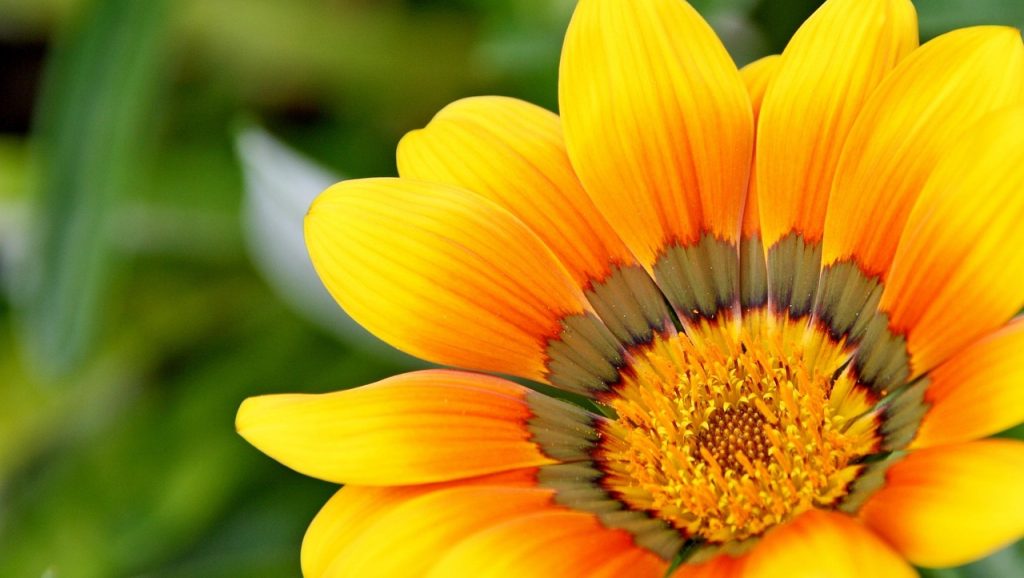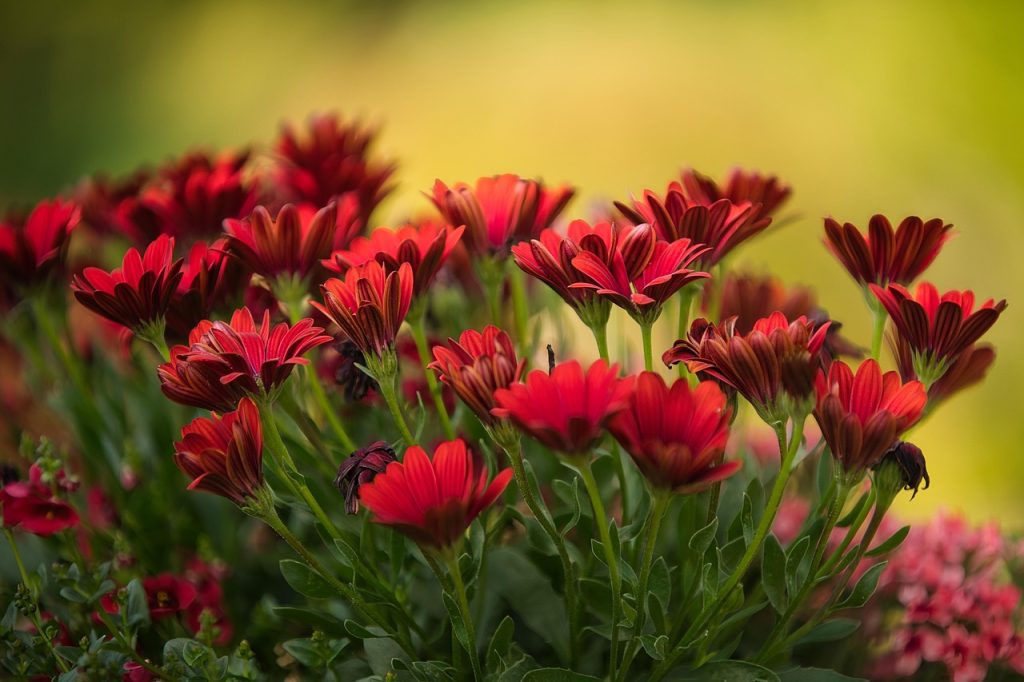Gardening is not just a hobby, it’s an engagement with nature that rewards patience and creativity. Whether you are a novice looking to plant your first flowerbed or an experienced gardener aiming to refine your skills, understanding the nuances of outdoor gardening can transform your outdoor space into a vibrant oasis. Let’s explore the world of plants, learn some essential gardening techniques, and discover how to make your garden thrive throughout the seasons.
Understanding the Basics of Outdoor Gardening
Before you dig into the soil, it’s crucial to grasp the fundamentals that can make or break your gardening efforts. From selecting the right location to understanding the soil and choosing the perfect plants, these basics are the building blocks of a successful garden.

Choosing the Right Location
The location of your garden significantly influences its success. Most plants require at least six hours of sunlight per day, so observe your space to identify the sunniest spots. However, some plants thrive in partial or full shade. Understanding the light requirements of your chosen plants is essential.
Soil Preparation and Maintenance
Soil is not just dirt—it’s a living ecosystem crucial to plant health. Start with a soil test to determine pH and nutrient levels, then enrich it accordingly with compost or fertilizer. Good drainage is also key to preventing root rot and fungal diseases.
Selecting Plants Suitable for Your Climate
Plants vary in their temperature and humidity requirements. Research the hardiness zone of your area and choose plants that can thrive in your local climate. Local garden centers often offer varieties that perform well in regional conditions.
Planting Techniques for Optimal Growth
With a solid understanding of garden placement and soil, the next step is mastering the planting process. Proper techniques can enhance plant health and yield.
Timing Matters: When to Plant
The timing of planting is crucial. Most perennial plants prefer spring or fall when temperatures are milder, and rainfall is more abundant. Annuals, on the other hand, are usually planted after the last frost when the soil has warmed.
Planting Depth and Spacing
Follow the guidelines specific to each plant type regarding depth and spacing. Planting too deeply can cause roots to suffocate, while too shallow planting may not provide enough support. Proper spacing allows for adequate air circulation, which reduces the risk of disease.
Maintaining Your Garden Through the Seasons
A garden requires ongoing attention. Seasonal maintenance ensures your plants stay healthy and your garden continues to flourish year after year.
Watering Wisely
Overwatering is as harmful as underwatering. Most gardens benefit from about an inch of water per week, including rainfall. Early morning watering is best, as it allows water to soak in before the heat of the day and reduces evaporation.
Pruning and Deadheading
Pruning helps control plant size and encourages healthy growth. Deadheading, or the removal of spent flowers, encourages plants to produce new blooms. Make sure to use clean, sharp tools to make precise cuts.
Seasonal Cleanup and Mulching
Fall cleanup involves removing dead plants and debris, which can harbor pests and diseases over the winter. Applying a layer of mulch after cleaning not only insulates soil against temperature fluctuations but also inhibits weed growth and retains soil moisture.

Incorporating Sustainability into Your Gardening Practices
Sustainable gardening practices ensure that your garden not only survives but thrives in an eco-friendly manner.
Choosing Native Plants
Native plants are adapted to local environmental conditions and require less water, fertilizer, and pesticides. They also provide essential habitat for local wildlife, including bees, butterflies, and birds.
Implementing Organic Practices
Avoid synthetic pesticides and fertilizers; instead, opt for organic options that are less harmful to the environment. Composting kitchen scraps and yard waste reduces landfill use and provides excellent soil amendment.
Water Conservation Techniques
Use drought-resistant plants, and consider installing a rain barrel to collect rainwater. Drip irrigation systems deliver water directly to the base of the plant, which minimizes waste.
Gardening Challenges and Solutions
Even the most meticulously planned gardens face challenges such as pests, diseases, and weather changes. Here’s how you can address common garden issues.
Managing Pests and Diseases
Regularly inspect your plants for signs of pests and diseases. Early detection is key to control. Use environmentally friendly methods like handpicking pests and applying neem oil for diseases.
Adapting to Weather Changes
Sudden weather changes can stress plants. Use row covers to protect plants from frost, and ensure your garden has adequate drainage to cope with heavy rains.
Gardening FAQs
What are the best plants to start with for a beginner gardener?
For beginners, easy-to-grow plants like marigolds, sunflowers, pansies, lettuce, and tomatoes are ideal. These plants require minimal special care and provide a rewarding gardening experience.
How often should I fertilize my garden?
It depends on the types of plants you have. Most vegetables and flowers benefit from fertilization every four to six weeks during the growing season, whereas perennials might only need a boost in spring and fall.
Can gardening be a sustainable practice?
Absolutely! By using native plants, organic materials, and water-saving techniques, gardening can be a highly sustainable practice that contributes positively to the environment.
Conclusion
Outdoor gardening can be a deeply rewarding experience that enhances your personal environment and contributes to global ecological health. By understanding the basics, employing proper planting techniques, maintaining your garden, and embracing sustainable practices, you can ensure a lush, thriving garden that’s both beautiful and beneficial. Whether you’re just starting out or are looking to refine your green thumb, the journey through gardening is as rewarding as the destination.